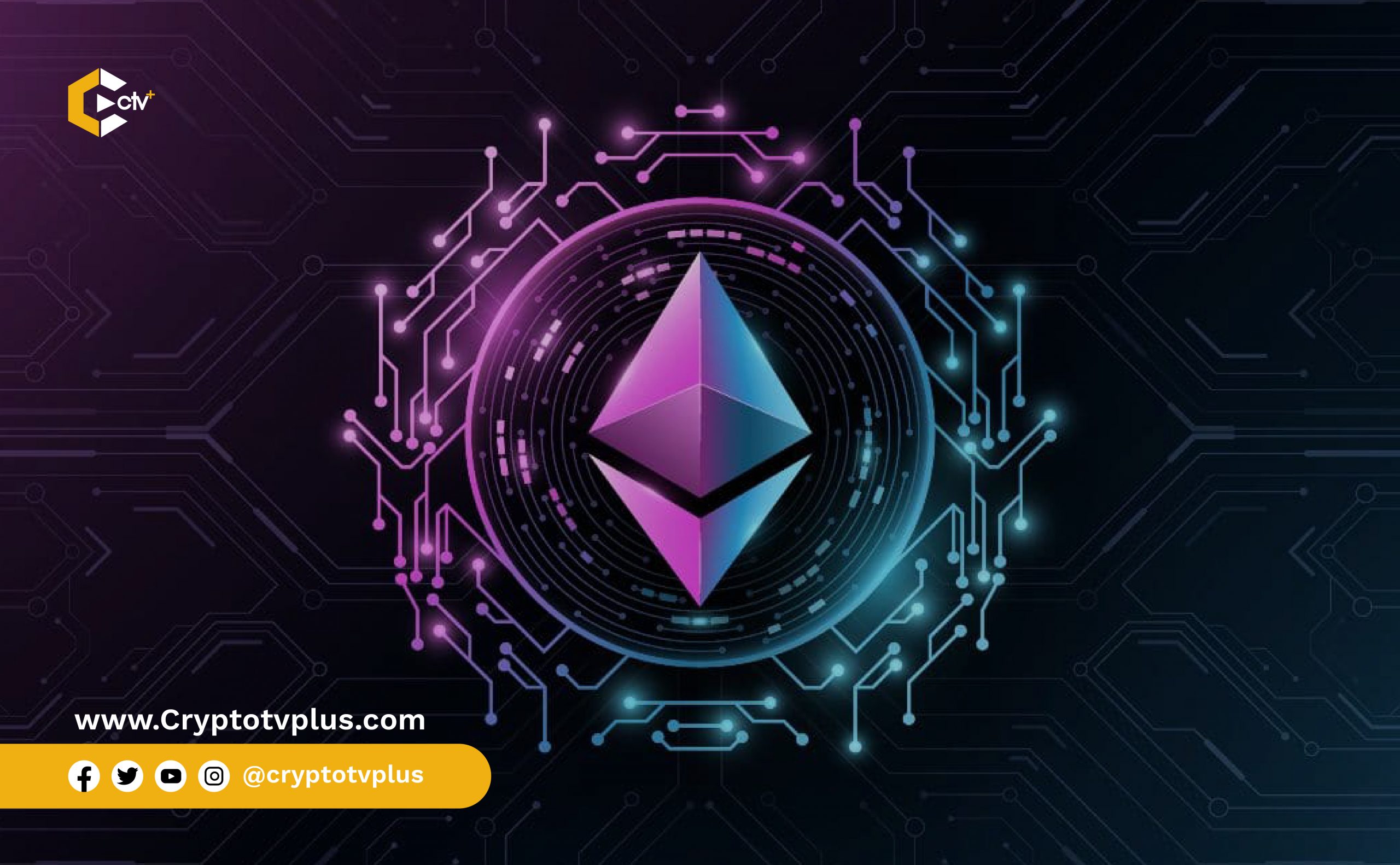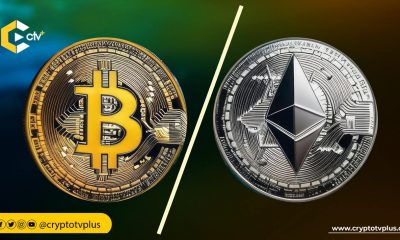Ethereum
Ethereum 2.0 – Ethereum Migration to PoS

In previous chapters, we discussed how different challenges/problems like scalability, slow transaction, outrageous gas fees and advent of ‘ethereum killers’ led to what is known as Ethereum 2.0. It is also called Eth2, it refers to a set of upgrades that will make Ethereum more scalable, more secure, and more sustainable.
Difference Between Eth 1.0 and Eth 2.0
There are two fundamental improvements introduced by Ethereum 2.0 that do not exist in Ethereum 1.0. They are: Proof of Stake and Shard Chains.
Proof of Stake: At the moment, Ethereum 1.0 runs on a consensus algorithm known as Proof of Work (PoW). PoW relies on physical computing power (miners) and electricity (work) to build blocks on the blockchain.
Proof of Stake (PoS) is an upgrade that enables improved security, scalability, and energy efficiency. Instead of relying on physical miners and electricity, PoS relies on validators (virtual miners) and deposits of ether.
Shard Chains: Shard chains are a scalability mechanism that drastically improves the throughput of the Ethereum blockchain. Currently, having a single chain made up of consecutive blocks is incredibly secure and makes information easy to verify.
However, requiring each full node to process and validate each transaction in consecutive blocks can affect the ability to process transactions quickly – especially in times of high mainnet activity. Shard chains are a mechanism through which the Ethereum blockchain is “split” – thus dividing the data processing responsibility among many nodes.
This allows for transactions to be processed in parallel rather than consecutively. Each shard chain is like adding another lane to upgrade Ethereum from a single lane road to a multiple lane highway. More lanes and parallel processing leads to much higher throughput.
Roadmap
Ethereum 2.0 is a series of upgrades, rolling out in stages.
The Beacon Chain: In December 2020, the first phase of Ethereum 2.0, the new Proof of Stake consensus layer, also called the “Beacon Chain,” was implemented. Each validator represents 32 ETH staked on the Beacon Chain. The Ethereum Proof of Work chain still continues to run alongside the new Ethereum PoS chain, ensuring there is no break in data continuity.
The Merge: The current Ethereum Mainnet will soon merge with the Proof of Stake Beacon Chain. The merge will turn on Proof of Stake and end energy-intensive Proof of Work.
Transactions and applications will still continue as normal on Ethereum, maintained by the same software clients we use today. The Merge is expected to happen in Q1-Q2 of 2022.
Shard Chains: The scalability phase of Eth2 will likely launch in late 2022. Shard chains will give Ethereum more capacity to store and access data, but they won’t be used for executing code.

Anticipated Changes at the Completion of Eth2.0
Ethereum 2.0 will primarily benefit the scalability, throughput, and security of the Ethereum public mainnet. Ethereum 2.0 will not eliminate any of the data history, transaction records, or asset ownership of the Ethereum 1.0 chain. These are the expected changes:
99.95% More Energy Efficient: Carl Beekhuizen at the Ethereum Foundation estimates Proof of Stake will no longer require a country’s worth of power to secure the network.
More Validators, More Decentralization: Proof of Stake reduces the technical barriers for anyone to stake and help secure the network.
Improved Security Guarantee: The ability to compromise the network will be magnitudes more expensive with Proof of Stake, not to mention that a 51% attacker is identifiable with validator addresses, and can be forked away from the network in the event of an attack.
Read Also:
Understanding the Ethereum Consensus Protocol Proof of Work (PoW)
Transactions and applications would continue as normal on Ethereum, maintained by the same software clients we use today. In this sense, the terms Eth1 and Eth2 actually represent different layers of the stack: execution and consensus.
Execution clients (Eth1 clients). Responsible for transaction bundling, execution, and state management. This layer is already represented by clients that Ethereum uses daily, such as Geth, OpenEthereum, Hyperledger Besu, and Nethermind.
Consensus clients (Eth2 clients). Responsible for the validating blocks, also known as the Beacon Chain. This consensus-layer has been running smoothly for more than 9 months.Client teams include Teku, Lighthouse, Nimbus, and Prysm.
Can Ether 2.0 Be Bought?
There is no way to buy Ethereum 2.0 ETH, since there will not be a new type of ETH token. There are two ways ETH holders can participate and earn rewards for staking on Ethereum 2.0. First, an ETH holder may run their own validator(s) by staking ETH in increments of 32 on the network.
Running your own validator node means you have the responsibility to validate and organize blocks – not doing so could result in a penalty of ETH.
Another option for ETH holders is to stake their rewards through a staking provider or join a staking pool with smaller amounts of ETH, through which anyone can stake whatever small amount of ETH they are able to and still receive rewards proportional to their contribution.
In the next chapter, we are going to examine how to become a validator for ethereum 2.0 and get rewarded for staking.
What do you think of this article? Let’s hear from you in the comment section!

























Pingback: Ethereum 2.0 – Ethereum Migration to PoS by Marvelous Akpere – CryptoTvplus Events: NFT, DeFi, Bitcoin, Ethereum, Altcoin Events
Pingback: Understanding the Migration of Ethereum to Proof of Stake | CryptoTvplus: DeFi, NFT, Bitcoin, Ethereum Altcoin, Cryptocurrency & Blockchain News, Interviews, Research, Shows